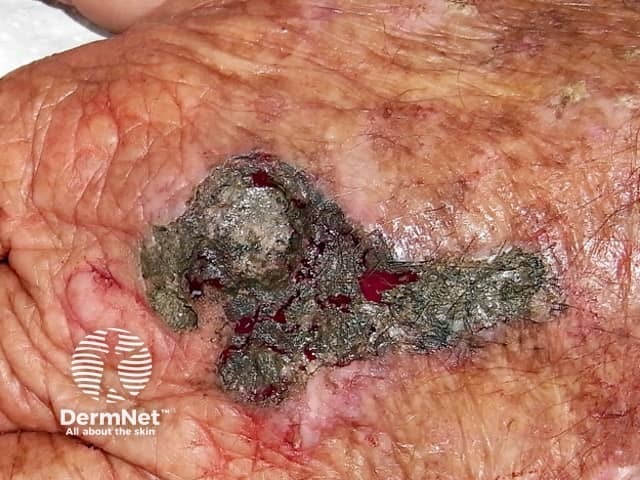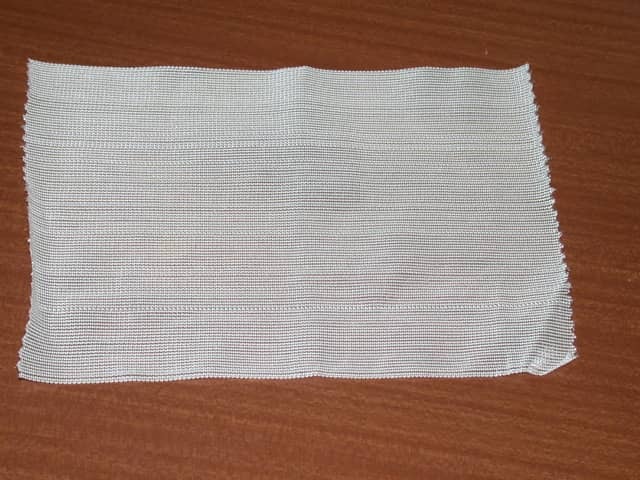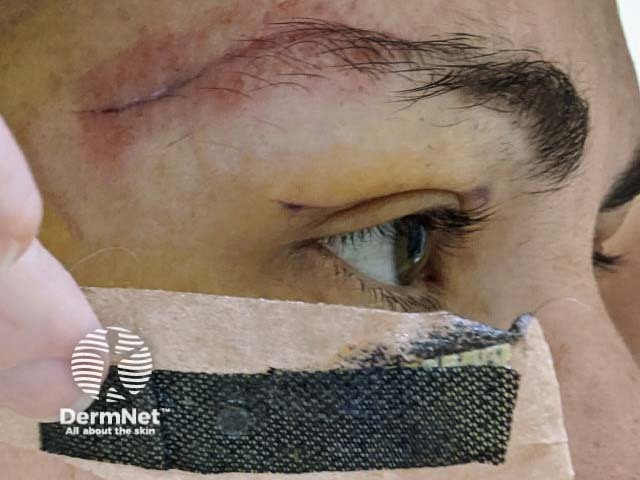Main menu
Common skin conditions

NEWS
Join DermNet PRO
Read more
Quick links
Author: Jenny Chung, Final Year Medical Student, University of Auckland, New Zealand; Chief Editor: Hon A/Prof Amanda Oakley, Dermatologist, Hamilton, New Zealand, October 2015.
Introduction
How it works
Skin condition treatment
Efficacy
Side effects
Toxicity
How to use
Topical silver therapy is the use of silver in topical preparations applied to the skin, and wound dressings containing or coated with silver.
The most commonly used topical silver preparations are:
Nanocrystalline silver dressings have been designed for sustained release of silver, reducing the need for frequent re-application of silver preparations or dressings. Silver dressings include:

Silver nitrate sticks

Silver nitrate chemical cautery

Silver dressing
Silver, in its ion form Ag+, has a broad-spectrum antimicrobial/antiseptic effect. It is thought to bind to bacterial cell walls and/or interfere with cell division and DNA replication.
Topical silver therapy can be used on acute thermal burns, other contaminated or infected wounds and chronic ulcers to prevent or treat infections and promote wound healing.
Silver has been used to prevent transmission of infection dating back to 4000 BC. To date, silver dressings and preparations have not been found to be superior in efficacy or cost compared to topical non-silver therapy.
In thermal burns, nanocrystalline dressings may be superior to topical silver preparations in reducing the incidence of infections, cost and pain. But silver sulfadiazine cream may increase the risk of infection, delay wound healing and be more painful when applied.
In chronic ulcers, silver dressings may help reduce the size of the ulcer short term and reduce the burden of bacterial overgrowth.
To date, there is no evidence that silver dressings reduce the time of healing or reduce the need for systemic antibiotics in contaminated or infected wounds.
Side effects of topical silver therapy include:

Contact dermatitis to silver dressing